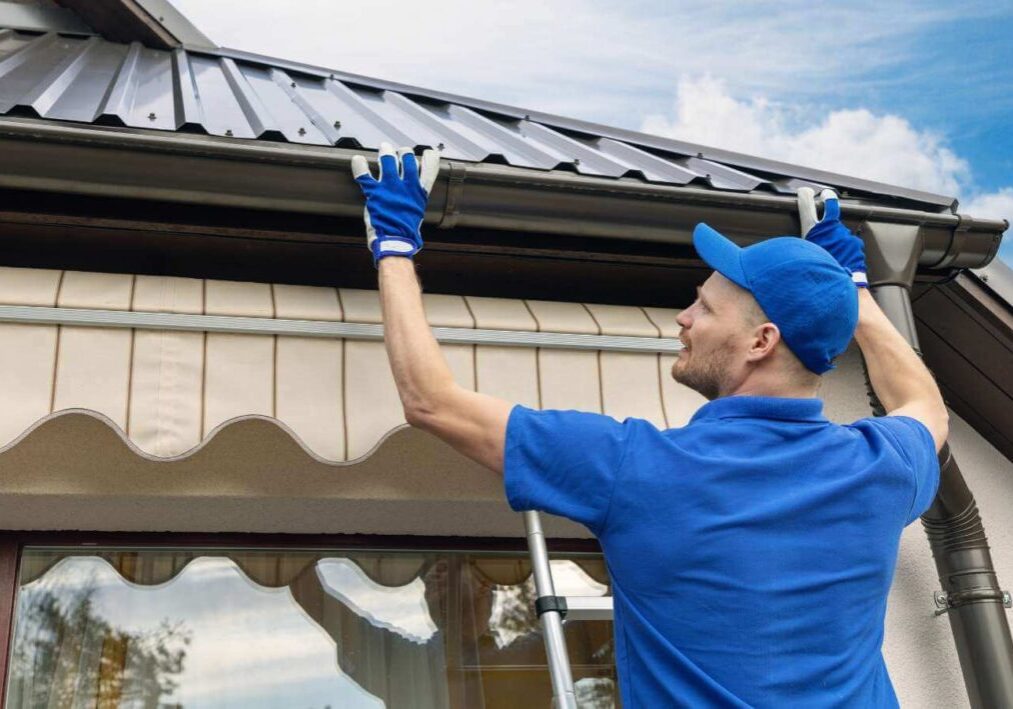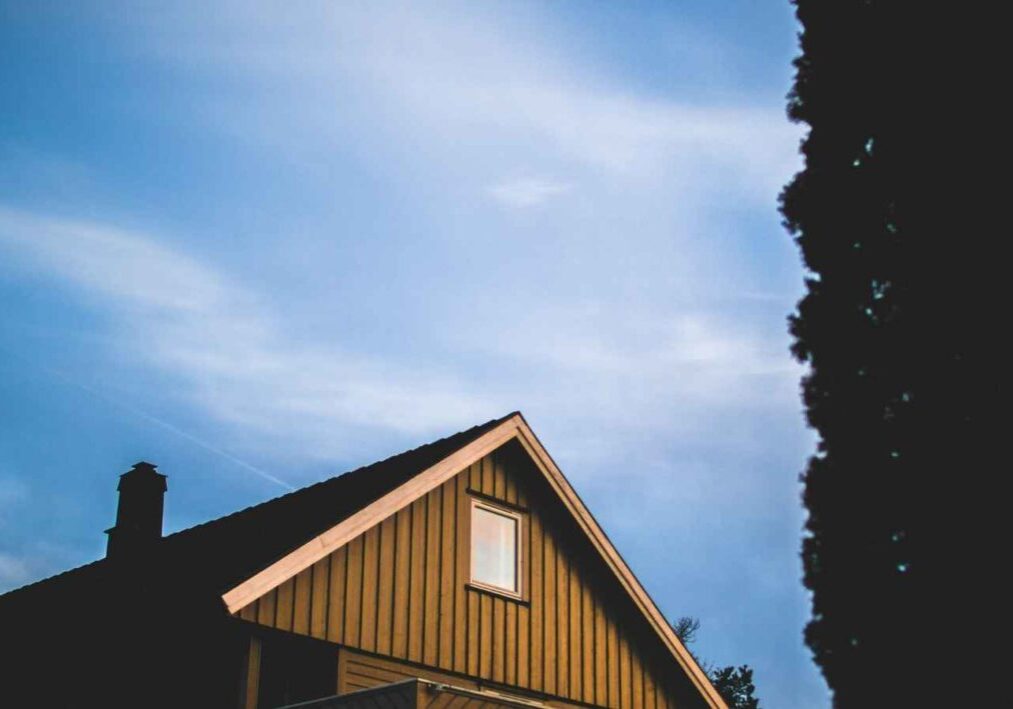Introduction
Welcome to the world of commercial roofing, where the horizon is vast and the choices are abundant. In this guide, we’ll take you on a journey through the diverse landscape of flat roofing options for commercial buildings. Whether you’re considering a new installation or exploring replacement choices, understanding the various options is crucial for making informed decisions. Let’s dive in and discover the possibilities that lie ahead!
Understanding the Appeal of Flat Roofing
1. Sleek Aesthetics and Modern Design
Sleek Aesthetics and Modern Design combine to create a visually appealing product that is sure to stand out in any setting, especially in commercial roofing. The attention to detail in the design ensures a high-quality finish that will impress even the most discerning of consumers.
Flat roofs have gained popularity in commercial architecture due to their sleek aesthetics and modern design. They provide a clean, contemporary look that complements various building styles, making them a popular choice for commercial structures. Additionally, flat roofs offer practical benefits such as easier maintenance and potential for additional outdoor space. Their versatility in design allows for customization to suit specific aesthetic preferences and functional needs.
2. Utilizing Space Effectively
Flat roofs offer the advantage of utilizing rooftop space effectively. Building owners can install HVAC systems, and solar panels, or create rooftop gardens, turning the previously unused space into functional areas that contribute to energy efficiency and sustainability. This not only maximizes the building’s potential but also reduces energy costs and environmental impact.
Additionally, flat roofs can be easier to maintain and repair compared to sloped roofs. This is because all components are easily accessible and can be inspected and repaired without the need for specialized equipment. Overall, flat roofs provide a practical solution for building owners looking to optimize space and reduce long-term maintenance costs.
Common Flat Roofing Materials
1. Built-Up Roofing (BUR)
Established as a trusted solution, Built-Up Roofing (BUR) stands as a proven selection for flat roofing requirements. BUR is meticulously assembled from a multitude of asphalt or tar layers interleaved with robust reinforcing fabrics. Renowned for its superior waterproofing capabilities, this durable roofing solution can effortlessly handle significant foot traffic.
BUR is known for its longevity and ability to resist damage from extreme weather conditions. It is also relatively low maintenance, making it a cost-effective choice for commercial buildings. Overall, BUR is a popular choice for flat roofs due to its durability and longevity. With proper installation and maintenance, a BUR system can last for decades, providing reliable protection for your building.
Additionally, BUR systems are known for their energy efficiency, as they can help reduce heating and cooling costs. This makes them a sustainable choice for environmentally-conscious building owners.
2. Modified Bitumen
The advent of Modified Bitumen Roofing presents an improved adaptation of BUR. It incorporates assemblages of asphalt ingeniously imbued with distinctive modifiers, amplifying its longevity. Renowned for its stress-free installation and flexibility, this roofing solution steadily holds its ground as a preferred choice for commercial establishments.
Modified bitumen roofing systems can be applied using a variety of methods, including heat welding or cold adhesive. The added durability of modified bitumen allows for increased resistance to harsh weather conditions and UV rays. These roofing systems are also known for their long lifespan and low maintenance requirements, making them a cost-effective choice for building owners. Additionally, modified bitumen can be easily repaired or replaced if necessary, providing peace of mind for property owners.
On a broader spectrum, Modified Bitumen Roofing systems manifest a dependable and durable remedy, ideal for commercial structures. The blend of their adaptive and resilient attributes makes them a logical selection for safeguarding your establishment against miscellaneous weather conditions while preserving its structural longevity.
3. TPO (Thermoplastic Olefin)
TPO, or Thermoplastic Olefin, is a unique single-ply roofing membrane, celebrated for its energy conservation and high-reflectivity properties. Economical and eco-friendly, TPO is a preferred roofing solution amongst businesses vying for sustainable solutions.
TPO is also durable and resistant to UV radiation, making it a long-lasting roofing solution. Its white surface helps reduce heat absorption, lowering cooling costs for buildings. Overall, TPO roofing is a versatile and reliable choice for commercial buildings looking to save on energy costs and reduce their environmental impact. Its flexibility and ease of installation also make it a practical option for a variety of roofing projects. TPO roofing is known for its ability to withstand extreme weather conditions, making it a suitable choice for buildings in all climates. Additionally, TPO membranes are recyclable at the end of their lifespan, further contributing to their eco-friendly nature.
4. EPDM (Ethylene Propylene Diene Monomer)
EPDM is a synthetic rubber roofing membrane that offers excellent durability and resistance to extreme weather conditions. Its seamless installation and low maintenance requirements make it an attractive choice for commercial applications.
EPDM is also known for its flexibility and ability to withstand temperature fluctuations, making it a popular option for flat roofs. Additionally, EPDM is environmentally friendly and can be recycled at the end of its lifespan. EPDM roofing membranes are available in both black and white colors, allowing for customization based on climate and energy efficiency needs. EPDM roofs have a long lifespan of up to 50 years, providing a cost-effective solution for commercial buildings. EPDM roofs are resistant to UV radiation and ozone exposure, ensuring durability in various weather conditions. The material’s resistance to hail and wind damage further enhances its longevity and reliability for commercial properties.
Factors Influencing Flat Roofing Choices in Commercial Roofing
1. Climate Considerations
The local climate plays a significant role in determining the most suitable flat roofing material. Some materials excel in extreme heat, while others are designed to withstand heavy snow loads or frequent rain.
Consider consulting with a roofing professional to determine the best material for your specific climate conditions. It is important to choose a material that will provide long-lasting protection against the elements in your area.
Additionally, taking into account factors such as UV exposure and humidity levels can also help in selecting the most appropriate flat roofing material. Ensuring that the material is able to effectively combat these specific climate conditions will ultimately result in a more durable and efficient roofing system.
2. Budgetary Constraints
Budget considerations are crucial when choosing a flat roofing option. While some materials may have a higher upfront cost, they could provide long-term savings through energy efficiency or reduced maintenance requirements.
It is important to weigh the initial cost against potential long-term savings to make an informed decision. Additionally, consulting with a roofing professional can help determine the best option within budgetary constraints.
For example, a more expensive material like PVC may have a higher initial cost but could save money in the long run due to its durability and energy efficiency. It is important to weigh the upfront costs against potential long-term savings when deciding on flat roofing materials.
3. Maintenance Requirements
Different flat roofing materials have varying maintenance needs. Understanding the level of maintenance a specific material requires is essential for ensuring its longevity and performance over time.
For example, built-up roofing may require regular inspections and resealing, while single-ply membranes may only need occasional cleaning and repairs. It is important to consult with a professional roofer to create a maintenance plan tailored to the specific material used on your flat roof. This will help prevent costly repairs and extend the lifespan of your roof.
Undertaking regular maintenance can detect potential dilemmas ahead of time, preventing them from spiralling into critical complications. Upholding a proactive maintenance routine helps curtail long-term expenses and sidestep unforeseen interruptions that could hinder day-to-day functioning. Apart from that, the mindfulness towards regular roof upkeep heightens energy efficiency and minimizes the potential for leaks and water-inflicted damage.
Conclusion: Choosing the Right Flat Roofing Option
In conclusion, the world of flat roofing for commercial buildings offers a diverse range of options, each with its unique advantages. Whether you prioritize durability, energy efficiency, or cost-effectiveness, there’s a flat roofing material that aligns with your goals. Consult with a trusted commercial roofing company in Stockton to explore these options further and make an informed decision that suits the specific needs of your commercial building. Embrace the possibilities, and let your commercial roof stand tall as a testament to both form and function!
Share this post:



